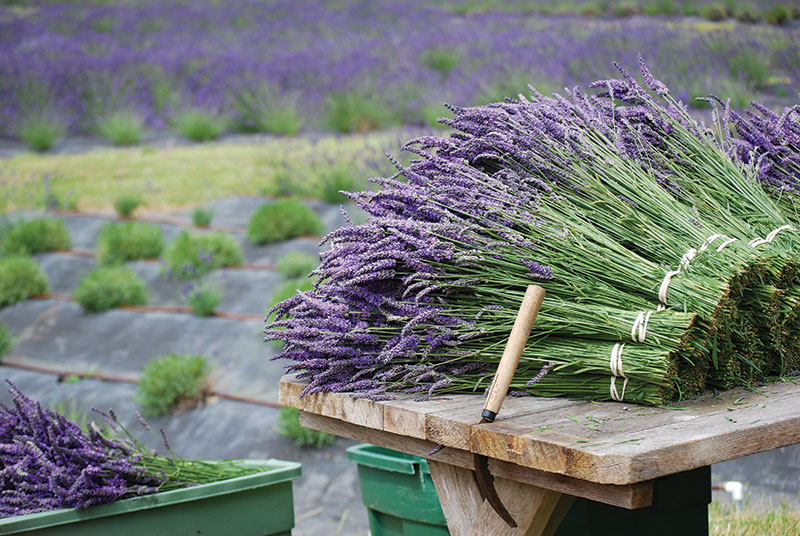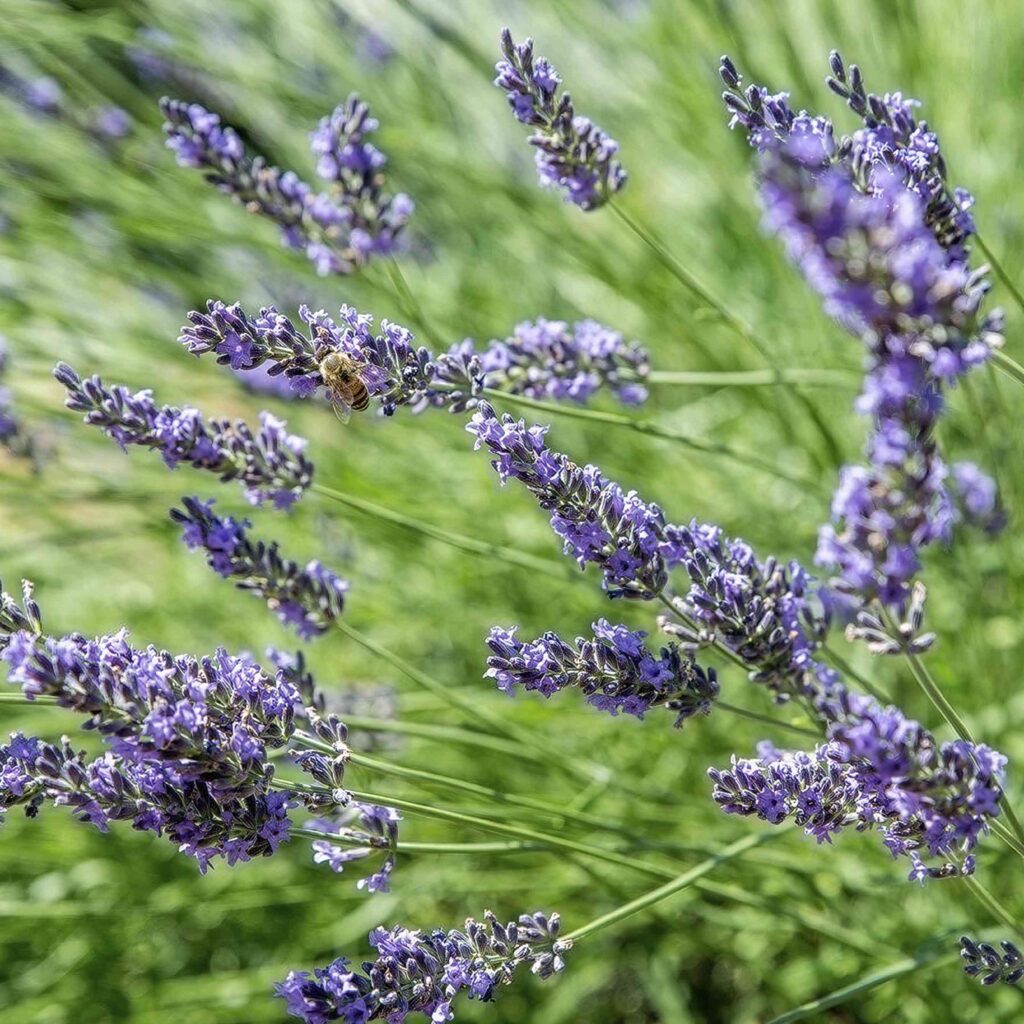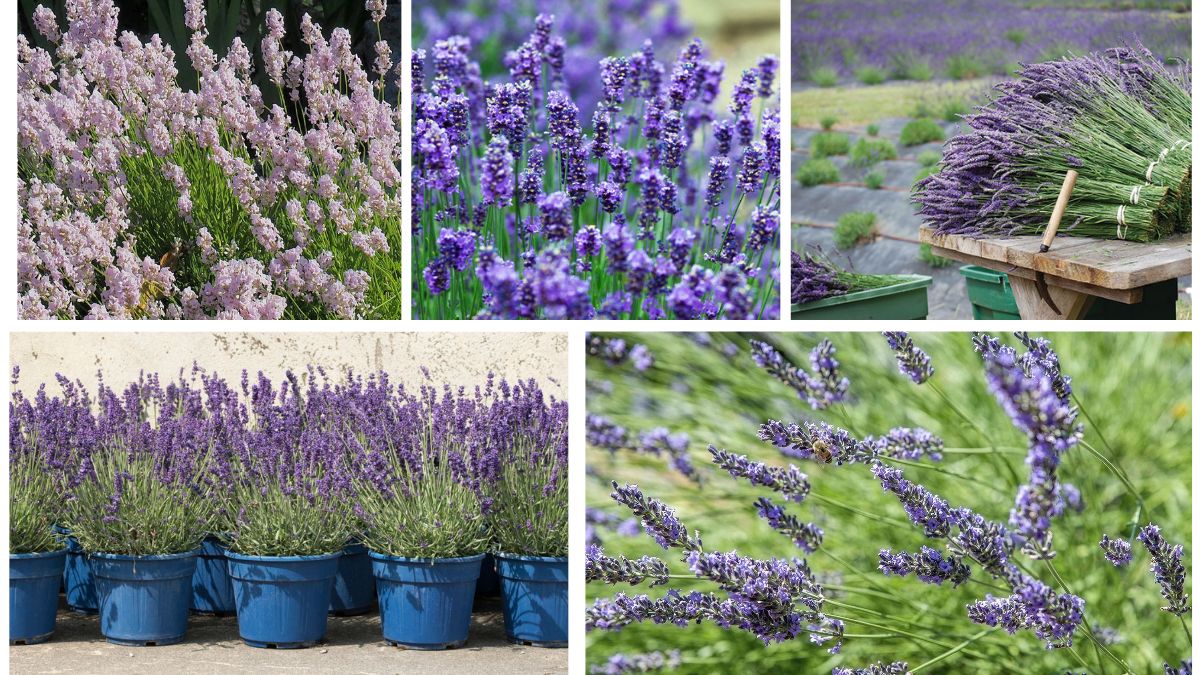Lavender (Lavandula spp.) is one of the most beloved plants in the gardening world. Known for its fragrant purple blooms, silvery-green foliage, and soothing aroma, lavender is as practical as it is beautiful. It can be grown for ornamental purposes, essential oils, culinary use, or simply to attract pollinators like bees and butterflies. While it’s commonly associated with the sunny Mediterranean climate, the good news is that lavender can be successfully grown in many regions—including colder or humid ones—if you follow the right methods.
This guide will take you step by step through everything you need to know about growing lavender in any climate, from choosing the right variety to providing proper care.
Why Grow Lavender?

Before diving into the how-to, let’s briefly understand why lavender is such a popular plant worldwide:
- Aromatic Beauty – Lavender’s fragrant flowers are perfect for making potpourri, essential oils, and sachets.
- Pollinator-Friendly – Bees, butterflies, and other beneficial insects love lavender.
- Culinary Uses – Lavender flowers can be added to teas, baked goods, and desserts.
- Low-Maintenance – Once established, lavender is drought-tolerant and requires little care.
- Versatility – Suitable for gardens, borders, containers, or even as hedging.
Step 1: Choosing the Right Lavender Variety for Your Region

Different species of lavender perform better in specific climates. Selecting the correct variety is the first step to success.
- English Lavender (Lavandula angustifolia)
- Best for colder regions; hardy to USDA zone 5.
- Classic purple blooms with sweet fragrance.
- Popular cultivars: ‘Hidcote’, ‘Munstead’.
- French Lavender (Lavandula dentata)
- Thrives in warm, mild climates.
- Distinctive toothed leaves and long blooming season.
- Spanish Lavender (Lavandula stoechas)
- Suited for hot, dry regions.
- Recognized by its “rabbit ear” flower bracts.
- Lavandin (Lavandula × intermedia)
- Hybrid of English and Portuguese lavender.
- Vigorous growth, tall spikes, excellent for oil production.
Tip: If you live in colder climates, choose English lavender; for hot, arid climates, Spanish or Lavandin will perform best.
Step 2: Ideal Soil Preparation
Lavender’s natural habitat is the rocky, sandy soils of the Mediterranean, which means well-draining soil is critical.
- Soil Type: Sandy or loamy. Avoid heavy clay that holds water.
- pH: Neutral to slightly alkaline (6.5–7.5). Add garden lime if your soil is too acidic.
- Drainage Fix: In clay soil regions, improve drainage by amending with coarse sand, perlite, or gravel. Raised beds or mounds also help prevent waterlogging.
Step 3: Planting Lavender

Lavender can be started from seeds, cuttings, or nursery plants.
- From Seeds:
- Start indoors 10–12 weeks before the last frost.
- Seeds germinate slowly, taking 2–4 weeks.
- Transplant seedlings outdoors once strong enough.
- From Cuttings:
- Easier and faster than seeds.
- Take 3–4 inch cuttings from softwood or semi-hardwood stems.
- Root them in sandy soil or perlite mix.
- Transplanting Outdoors:
- Best time: Spring, after frost has passed.
- Space plants 12–18 inches apart (for smaller varieties) or 24–36 inches apart (for larger ones).
- Place them in full sun (at least 6–8 hours daily).
Step 4: Watering and Feeding

- Watering:
- Lavender dislikes wet roots. Water deeply but infrequently.
- Newly planted lavender: Water once or twice a week until established.
- Mature plants: Water every 2–3 weeks during dry spells.
- Fertilizer:
- Lavender doesn’t require heavy feeding.
- Apply a balanced, low-nitrogen fertilizer in early spring.
- Too much nitrogen encourages foliage at the expense of flowers.
Step 5: Pruning for Shape and Blooms
Pruning is essential for lavender to stay bushy and produce abundant flowers.
- First Year: Pinch tips to encourage branching.
- Annual Pruning: After flowering, cut back about one-third of the plant.
- Avoid Cutting into Old Wood: Lavender doesn’t regenerate from woody stems. Always leave some green growth.
Regular pruning prevents legginess and extends the plant’s lifespan.
Step 6: Mulching and Winter Protection
- Mulch with Gravel or Small Stones: Helps with drainage and prevents fungal disease. Avoid heavy organic mulch (like bark or straw) that holds moisture.
- Cold Regions: Protect lavender with row covers or straw during harsh winters. English lavender is hardy, but French and Spanish varieties may need extra insulation or container growing.
- Hot Regions: Provide light afternoon shade in extreme heat.
Step 7: Harvesting Lavender

The right timing ensures maximum fragrance and oil content.
- Best Time to Harvest: When 50% of the buds on a spike have opened.
- Method: Cut flower stems early in the morning after dew has dried.
- Drying: Hang bunches upside down in a dark, dry, and ventilated space.
- Storage: Store dried flowers in airtight containers to preserve scent.
Common Problems and Solutions
- Root Rot:
- Caused by overwatering or poor drainage.
- Solution: Improve soil drainage, avoid overwatering.
- Powdery Mildew:
- Appears as white patches on leaves.
- Solution: Improve air circulation, water at soil level, avoid overhead watering.
- Leggy Plants:
- Happens if not pruned regularly.
- Solution: Annual pruning after bloom.
- Winter Damage:
- Frost kills tender varieties.
- Solution: Grow in containers and move indoors, or use protective coverings.
Growing Lavender in Different Regions
- Cold Regions (Zones 5–6):
- Stick to hardy English lavender.
- Provide winter mulch for insulation.
- Humid Regions:
- Ensure maximum airflow and spacing between plants.
- Choose disease-resistant varieties like ‘Phenomenal’.
- Hot, Dry Regions:
- Spanish and Lavandin varieties thrive.
- Water deeply but sparingly.
- Container Growing:
- Perfect for regions with extreme winters.
- Use well-draining potting soil and containers with drainage holes.
Bonus Tips for Success
- Plant lavender near walkways or patios to enjoy its fragrance.
- Companion plants: Pair lavender with roses, sage, or thyme.
- Avoid overwatering—lavender thrives on a little neglect.
- For maximum bloom, provide full sun exposure.
Conclusion
Lavender is not just a plant—it’s a timeless addition that brings beauty, fragrance, and functionality to your garden. Whether you live in a chilly northern climate, a hot desert, or a humid coastal region, there’s a lavender variety and growing method suited for you. By selecting the right type, preparing the soil properly, providing adequate drainage, and practicing regular pruning, you can enjoy thriving lavender plants that reward you with blooms year after year.
No matter where you live, with patience and the right care, lavender can transform your garden into a fragrant paradise.




